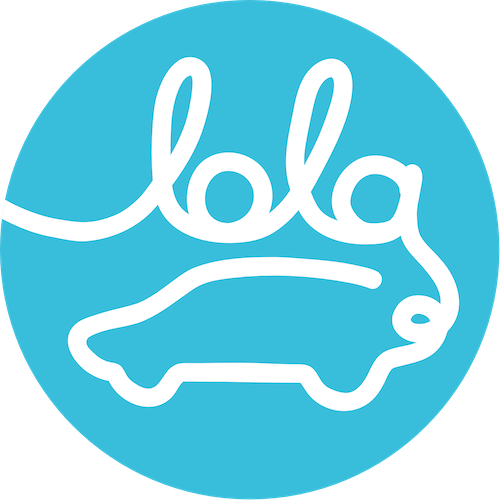Lola Drives is part of a research project at Saarland University. The goal of this project is to uncover software behaviour, that is beneficial for the manufacturer of the software, but unwanted by the user or by society. In some cases, such functionality is actively hidden by the manufacturer. Such phenomena are called software doping.
It turns out to be very challenging to find doping in software without having access to its source code or documentation. There are several very well-known examples of software doping in the context of the Diesel Emissions Scandal, which started in 2015 when the U.S. Environmental Protection Agency came across severe violations of exhaust emissions in several Volkswagen cars (and later, such violations were detected in cars of other manufacturers too). Due to the immense interest in this scandal, current software doping research in particular focuses on emission cleaning systems.
Users of LolaDrives can support this research by donating diagnosis data of their car, collected either during normal driving behaviour or when conducting an emissions test explicitly.
Real Driving Emissions
Real Driving Emission (RDE) Testing is defined in world-wide admission regulations for passenger cars. These tests were introduced as a consequence of the Diesel Scandal. In a sense, RDE tests make software doping of emission cleaning systems harder, because the car has to comply with the regulation defined emission thresholds for more driving scenarios than before RDE was introduced.
The intuition behind RDE tests can be explained very easily. The regulation defines a bunch of driving behaviours, that qualify for an RDE test. For every test drive that is driven according to these rules, the average amount of emitted gases (or particles) must be below a threshold, which is also defined by the regulation.
In practice, it is a little bit difficult to understand all the rules that must be considered when conducting RDE tests. If you are interested, there are plenty of websites explaining the details about how such tests are conducted (e.g., in this YouTube video). The most important details are also explained in the Help section of Lola Drives.
LolaDrives works without an external measurement device (mostly referred to as PEMS). Modern cars have onboard nitric oxide sensors that are necessary for the emissions aftertreatment system. The precision of these sensors is not as accurate as those of PEMS devices. The test results in LolaDrives can serve as an indication for how the car would perform in a “real” test. However, only tests with an appropriate PEMS can satisfy the strong requirements given by the regulation.
Scientific Addendum
LolaDrives is part of a scientific publication at TACAS 2021: RTLola on Board: Testing Real Driving Emissions on your Phone. Sebastian Biewer, Bernd Finkbeiner, Holger Hermanns, Maximilian A. Köhl, Yannik Schnitzer, and Maximilian Schwenger. In: 27th International Conference on Tools and Algorithms for the Construction and Analysis of Systems, TACAS 2020.
LolaDrives builds upon the open-source real-time monitoring tool RTLola.
The RTLola specifications that are used internally, can be found here. These specifications are based upon a prior formalization of the RDE test procedure in Lola: Efficient Monitoring of Real Driving Emissions. Maximilian A. Köhl, Holger Hermanns, and Sebastian Biewer. In: 18th International Conference on Runtime Verification, RV 2018.
